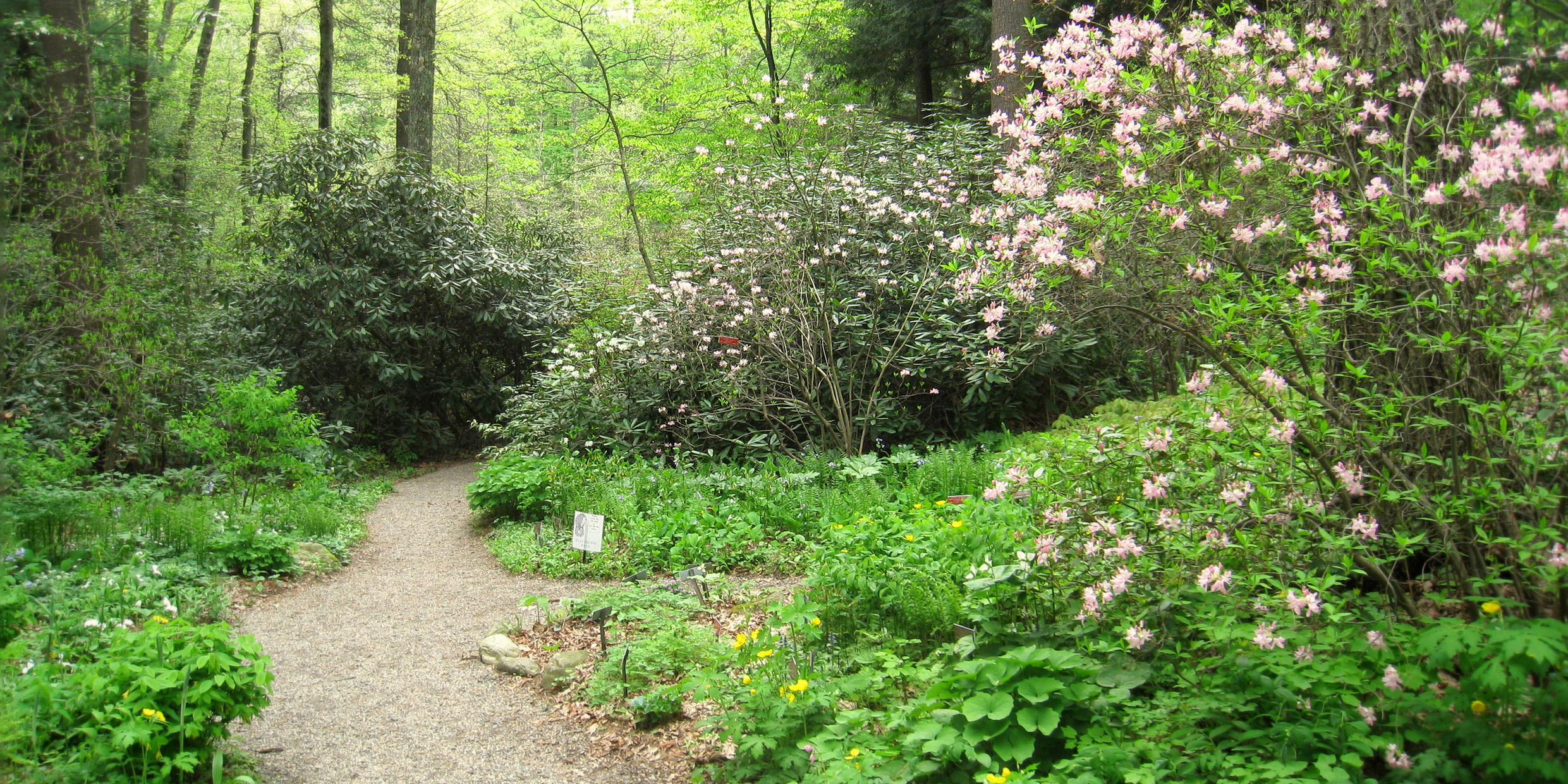Originally published 13 June 1988
I have no taste for formal gardens. Banks of gladiolas, no matter how colorful and variegated, hold no attraction. Acres of tulips, or azaleas, or roses might as well be grass.
Give me instead the enticements of the unexpected. The solitary wild columbine on a rocky ledge. The half-dozen cardinal flowers in a drainage ditch. The spooky coven of Indian pipes in the oak woods. Once I went to the New England Spring Flower Show. It was a smothering embrace. I’ll take some coquetry with my flowers. Whispered endearments. Sweet nothings.
The naturalist John Muir said that the two greatest moments of his life were the time he camped with Ralph Waldo Emerson at Yosemite, and the time he found the rare orchid calypso blooming alone in a Canadian swamp. I appreciate that.
This is the time each year when I return to that spot in the deep woods were several years ago I found a single white lady’s slipper—not as rare perhaps as calypso, but rare enough to be the only albino lady’s slipper I have ever seen. And this year it was there again, tall, white, all alone among its pink cousins, toying with my curiosity, continuing an intrigue that began serendipitously.
And this spring I also found a landscaped garden that cultivates the serendipitous pleasures of flowers in the wild. The New England Wild Flower Society’s Garden in the Woods in Framingham is so much to my taste that I’m a little abashed it took me so long to discover it.
No theatrics here
I walked through the garden on a wet spring day when the paths were empty and even the plants affected a touch of reticence. My guide told me that May is the month when the garden is at it best — the azaleas are in bloom, and dogwoods, trilliums, and yellow lady’s slippers — but I suspect that what she meant is “most spectacular.” The things I liked best about the Garden in the Woods I’ll wager you could find all year round.
Sure, the azaleas and the trilliums are there in May, but in keeping with the spirit of the place there is a subtlety about them. There are no massed plantings, no theatrics. I liked the element of suspense that is built into the garden, the tension, the potential for surprise. A solitary bellwort overshadowed by a modest clump of shooting stars. A sundew that yields itself only to the close inspection. Two white dogwoods glimpsed at the end of a long, green glade as if through the tube of a kaleidoscope.
The Garden in the Woods is the creation of two men, Will Curtis and Dick Stiles, who were motivated by science and love in about equal doses. Curtis grew up in Schylerville, N.Y., and planted his first wild garden at the age of 10. He studied landscape architecture at Cornell, and came to Massachusetts as the employee of a Boston landscape firm. Eventually Curtis began his own landscape business, but his dream was to create a botanical garden for the scientific study, preservation, and enjoyment of wild plants.
Curtis’ first attempt to get a garden underway was on a rather unpromising tract of land in West Boylston, Massachusetts. Then on a fine fall day in 1930 he was driving his truck along a bumpy back road in Framingham and found — serendipitously — the particular bit of geography he had dreamed of for 40 years: woods, sandy glacial terrain, ridges, kettle holes, bogs, numerous springs, a stream, a pond, a geography of surprises. For $1,000 he purchased 30 acres from the Old Colony Railroad and his garden was born.
A few years later Curtis was joined by Dick Stiles, a man without formal training in horticulture, but with an instinctive talent for the propagation of plants. Together the two men laid out and cultivated what has become the largest landscaped collection of wild flowers in the Northeast. The genius of the place is its understatement. Curtis liked to tell the story of the customer of his landscaping business who paid a large sum for services and then complained, “I can’t tell where you worked.” Curtis replied: “That’s the nicest compliment you could pay me.” The Garden in the Woods deserves the same compliment.
Known internationally
In 1965 Curtis and Stiles gave their garden to the New England Wild Flower Society. The garden now consists of 45 acres of land containing more than 1,500 varieties of plants, including rare and endangered species. Three miles of trails wander through a variety of habitats — woodland, pond, bog, and meadow. In addition there is a botanical library of 3,000 volumes and a collection of 20,000 colored slides. The garden is an internationally recognized center for conservation, native plant education, and research.
On my walk through the Garden in the Woods I looked for personal spring favorites — wood anemone, starflower, pitcher-plant — here, as in our local woods and bogs, teasing the searcher with their elusiveness. If your taste is for the extravagant and the gaudy, then the Garden in the Woods is not your place. It is a place of quieter, unsought-for pleasures, a place where a single white lady’s slipper could feel at home.
The Garden in the Woods, on Hemenway Road in Framingham, Massachusetts, is open daily, Mondays excepted, from mid-April to October. - Ed.



